|
ABSTRACT:
The discovery of superconductivity in CeCu2Si2
nearly 20 years ago was totally unexpected and contradicted
fundamental tenants of the well-established BCS theory of
superconductivity. Instead of the magnetic moment carried
by Ce+3 suppressing superconductivity, as expected from
BCS, the presence of Ce was essential for superconductivity
and responsible for increasing the effective mass of the
electrons participating in superconductivity by
orders-of-magnitude-hence, heavy-fermion superconductivity.
As we now know, CeCu2Si2 was the first example of
superconductivity mediated by antiferromagnetic spin
fluctuations, which also may be the dominant pairing
mechanism in high-temperature superconductors, and other
parallels between heavy-fermion and cuprate
superconductivity are emerging. Recently, we have
discovered a new family of heavy-fermion materials, CeMInsub5
(M=Rh, Co, and Ir), in which superconductivity appears at
temperatures higher than in any other heavy-fermion system.
These materials form in a quasi-2D structure, which makes
an analogy with the cuprate's magnetism and
superconductivity appealing. Though much remains to be
learned about their properties, this new family appears to
be quite interesting and provocative.
|
Colloquium Friday, October 20, 2000 4:00 PM Physics Building, Room 204 Note special time. Note special room. |
To add a speaker, send an email to phys-speakers@Virginia.EDU. Please include the seminar type (e.g. Colloquia), date, name of the speaker, title of talk, and an abstract (if available).
 Physics at Virginia
Physics at Virginia